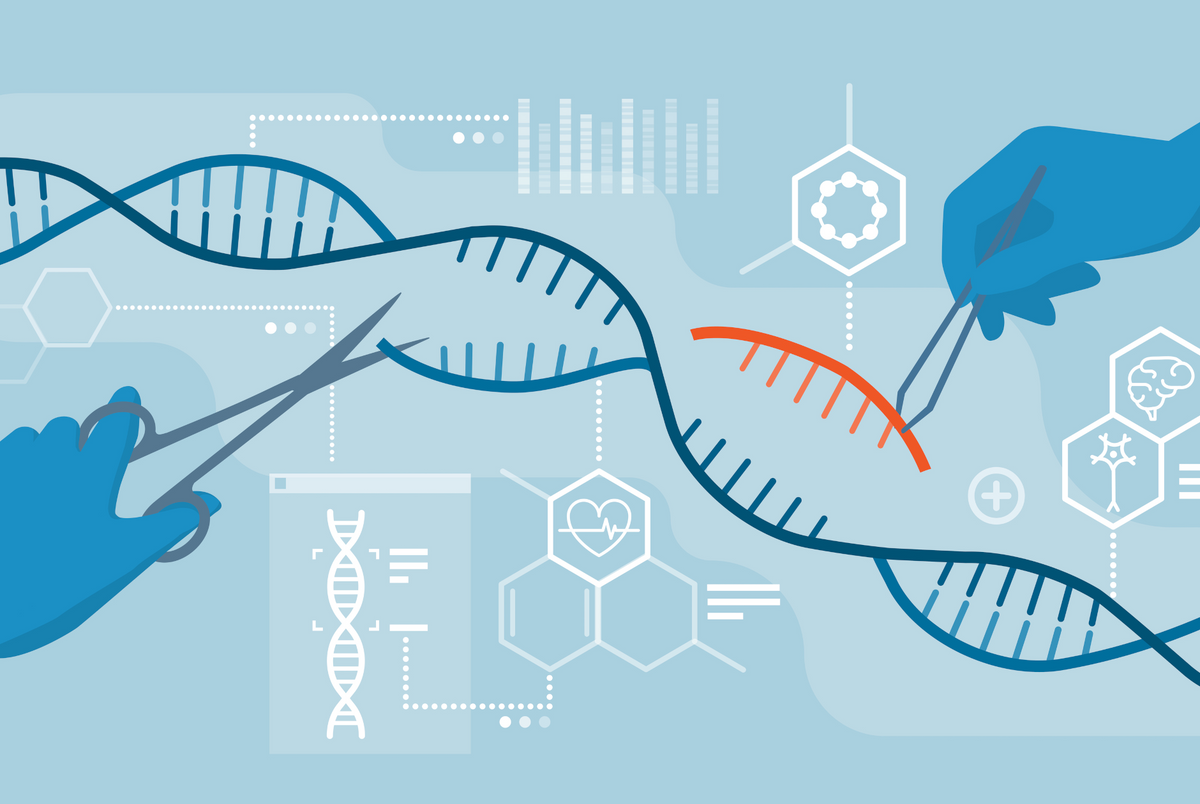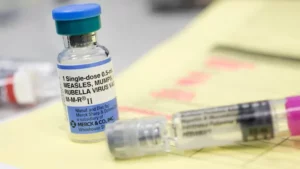Scientists can now use base editors derived from CRISPR to directly fix mutation in mitochondrial DNA, a breakthrough that could eliminate previously untreatable genetic diseases. CRISPR, short for “clustered regularly interspaced short palindromic repeats,” is a technology scientists use to modify specific genes with novel precision. As scientists continue to develop new advancements for gene editing, CRISPR is developing opportunities for millions, while also raising serious questions about ethics, accessibility, and the future of human genetics.
What is the purpose of CRISPR?
Discovered in bacteria in the early 2010s, CRISPR allows scientists to cut DNA at exact locations so that genes can be added, removed or repaired, acting as a pair of molecular scissors.
The technology has an immense potential for many different fields, such as medicine, agriculture and environmental science. In medicine, CRISPR can target genes responsible for diseases including sickle cell anemia, cystic fibrosis, and muscular dystrophy, as they are all results of genetic mutations. By modifying these mutated genes, scientists have the opportunity to cure illnesses that were previously untreatable. Although CRISPR is mainly focused on human health, researchers are exploring its use in enhancing the nutrition of crops, improving a crop’s resistance to pests, and even controlling invasive species.
“These [advancements] might sound far-fetched, but in fact, they already exist, thanks to gene editing,” writes Dr. Jennifer Doudna, a Nobel Prize-winning biochemist who helped develop the technology, in her book, A Crack in Creation. “And they’re only the beginning. […] the world around us is being revolutionized by CRISPR.”
Recent Developments
Beyond editing nuclear DNA, researchers are also applying similar gene-editing approaches to other parts of the cell, specifically the mitochondria. Mitochondria, often called the “powerhouses” of the cell, produce the energy that is vital for our bodies to function. When mitochondria are affected by genetic mutations, they can cause serious and sometimes fatal diseases.
Recent scientific advances like CRISPR-free base editors and other CRISPR-based technologies are making it possible to directly correct mutations in mitochondrial DNA.
Unlike older methods, base editors can precisely swap individual DNA bases (“letters”) without cutting the whole DNA strand, reducing the risk of unintended changes. Early research this year, including studies highlighted in the Nature science magazine, display how these tools can repair disease, and potentially prevent genetic mitochondrial disorders before symptoms occur.
“Applying base editing to mitochondrial DNA has been a long-standing challenge” said Dr. David Liu, a leading researcher in genome editing, in a recent interview. “Overcoming this hurdle opens up new possibilities for treating mitochondrial diseases that were previously considered untreatable.”
The Future of Genetic Medicine
With CRISPR and related gene-editing tools, researchers are moving beyond theoretical experiments, focusing on implementation in the real-world. Techniques like base editing are not only changing DNA, but they are offering hope to patients and their families affected by mitochondrial diseases. While there are still many improvements to come, each successful experiment brings humanity closer to the development of new life-saving medical treatments. The progress made over the past year alludes to a future where genetic disorders no longer control the outcome of a person’s life for the better.
Works Cited
Aljabali, Alaa A. A., et al. “Principles of CRISPR-Cas9 Technology: Advancements in Genome Editing and Emerging Trends in Drug Delivery.” Journal of Drug Delivery Science and Technology, vol. 92, no. 105338, 1 Jan. 2024, pp. 105338–105338, www.sciencedirect.com/science/article/pii/S1773224724000066, https://doi.org/10.1016/j.jddst.2024.105338.
Doudna, Jennifer A, and Samuel H Sternberg. A Crack in Creation : Gene Editing and the Unthinkable Power to Control Evolution. Boston, Ma., Mariner Books, 2018.






